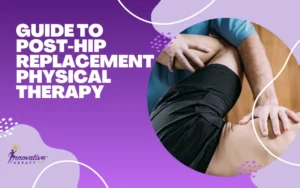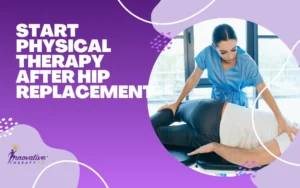As we mature, our bodies undergo a natural process of degenerative changes that can result in back pain and decreased mobility.
However, physical therapy plays a crucial role in managing these symptoms and promoting healthy aging.
In this blog post, we will explore the various ways in which physical therapy can help individuals navigate the challenges of aging and maintain a high quality of life while managing back pain caused by degenerative changes.
From exercise programs to manual therapy techniques, physical therapists have the expertise to address the unique needs of individuals experiencing age-related back pain.
Key Takeaways:
- Regular exercise is crucial for maintaining the strength and flexibility of the back muscles, which can help manage back pain from degenerative changes.
- Physical therapy plays a vital role in teaching patients proper posture and body mechanics to prevent further back pain and improve overall function.
- Pain management techniques such as manual therapy, modalities, and therapeutic exercises can help reduce discomfort and improve the quality of life for individuals with degenerative changes in the back.
- Ergonomic modifications at home and work can help alleviate back pain and prevent further degeneration of the spine.
- Education and empowerment are essential components of physical therapy for managing back pain as patients learn about their condition and how to take an active role in their care.
Degenerative Changes in the Spine
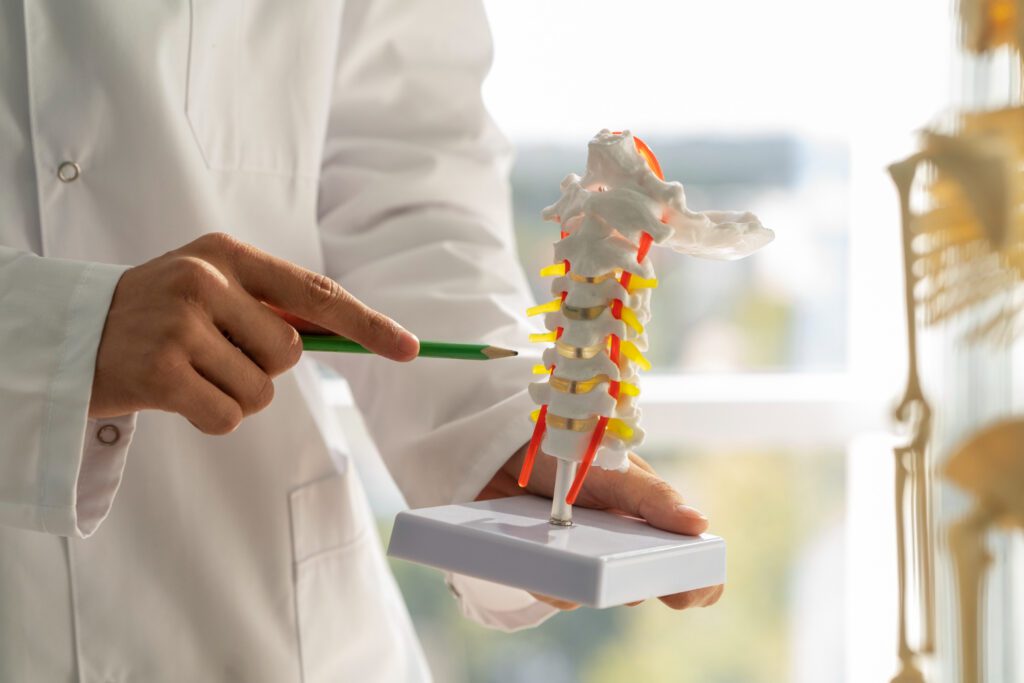
Now, let’s discuss the degenerative changes that can occur in the spine as we age.
These changes can lead to a variety of issues, including back pain and reduced mobility.
Understanding the processes at play is crucial for effectively managing these symptoms.
Anatomy and Function of the Spine
Degenerative changes in the spine can affect the intervertebral discs, facet joints, and vertebral bones.
These changes can lead to a loss of disc height, decreased flexibility, and the development of bone spurs.
As a result, the spine may become less able to absorb shock and distribute loads, leading to increased stress on surrounding tissues and potential pain.
Common Degenerative Spinal Conditions
Spine degeneration can manifest in conditions such as osteoarthritis, degenerative disc disease, and spinal stenosis.
Osteoarthritis, or the breakdown of cartilage in the facet joints, can result in inflammation and pain.
Degenerative disc disease involves the breakdown of intervertebral discs, leading to decreased disc height and potential nerve compression.
Spinal stenosis, the narrowing of the spinal canal, can result in compression of the spinal cord or nerves, causing symptoms such as numbness, weakness, and pain.
It is crucial to note that these degenerative conditions can progress over time and significantly impact an individual’s quality of life.
However, with proper management and treatment, individuals can find relief from their symptoms and maintain a higher level of function and mobility.
Physical Therapy Interventions
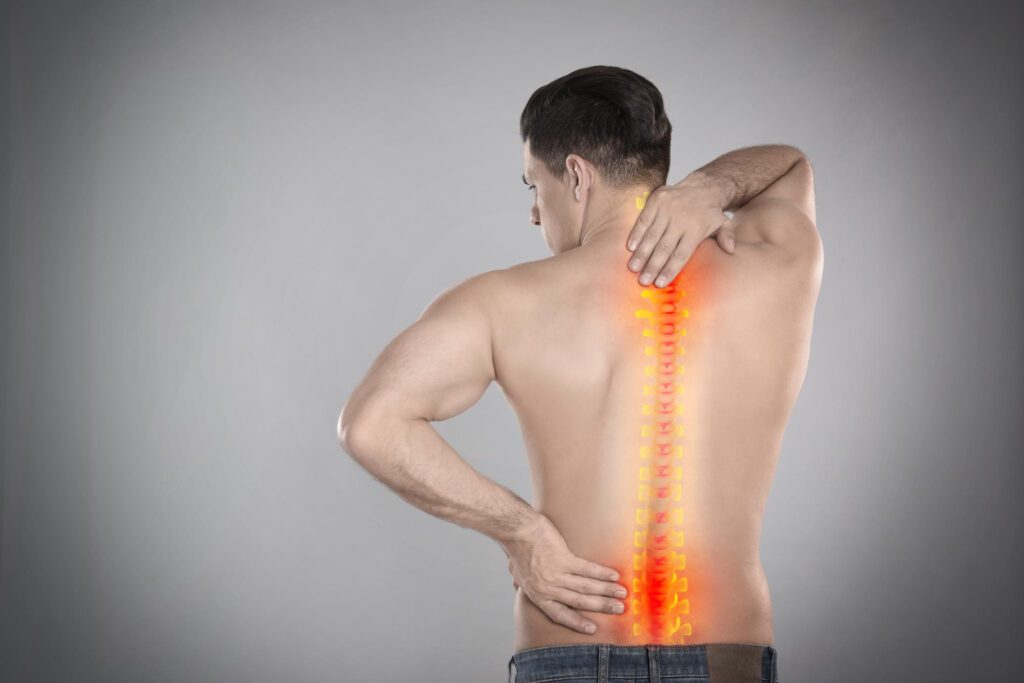
Assuming you have been diagnosed with back pain from degenerative changes, physical therapy can play a crucial role in managing your symptoms and improving your quality of life.
Physical therapists are highly trained professionals who can provide a comprehensive approach to treating back pain, focusing on individualized treatment plans, core strengthening and flexibility exercises, and pain management techniques.
Assessment and Individualized Treatment Plans
One of the first steps in physical therapy is a thorough assessment of your condition, including a detailed evaluation of your medical history, physical examination, and any imaging studies.
Based on this assessment, your physical therapist will develop an individualized treatment plan tailored to your specific needs and goals.
This may include a combination of manual therapy, therapeutic exercises, and education on proper body mechanics.
Core Strengthening and Flexibility Exercises
Plans for core strengthening and flexibility exercises are an essential component of physical therapy for managing back pain.
These exercises target the muscles that support the spine, helping to improve stability and flexibility and reduce the risk of further injury.
Assessment of your strength and flexibility will guide the selection of exercises that are safe and effective for your condition, and your physical therapist will show proper technique and progression.
Assessment of your strength and flexibility will guide the selection of exercises that are safe and effective for your condition, and your physical therapist will show proper technique and progression.
These exercises will help you improve your posture, reduce muscle imbalances, and alleviate pain associated with degenerative changes in the spine, ultimately enhancing your overall function and quality of life.
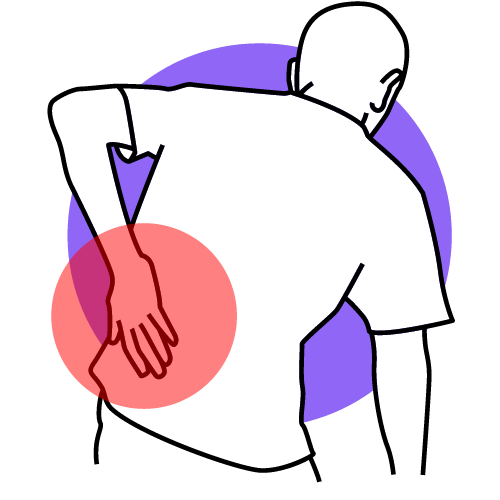
Pain Management Techniques
An integral part of physical therapy for managing back pain is the use of pain management techniques to help alleviate discomfort and improve your ability to participate in daily activities.
These techniques may include modalities such as heat or cold therapy, ultrasound, electrical stimulation, and manual therapy techniques.
Your physical therapist will work with you to determine the most effective approach for managing your pain and improving your function.
This comprehensive approach to pain management in physical therapy can help minimize the need for medications or more invasive interventions and empower you to take an active role in managing your symptoms.
Incorporating these techniques into your treatment plan can help you achieve long-term relief and a better quality of life.
Lifestyle Modifications and Preventative Strategies
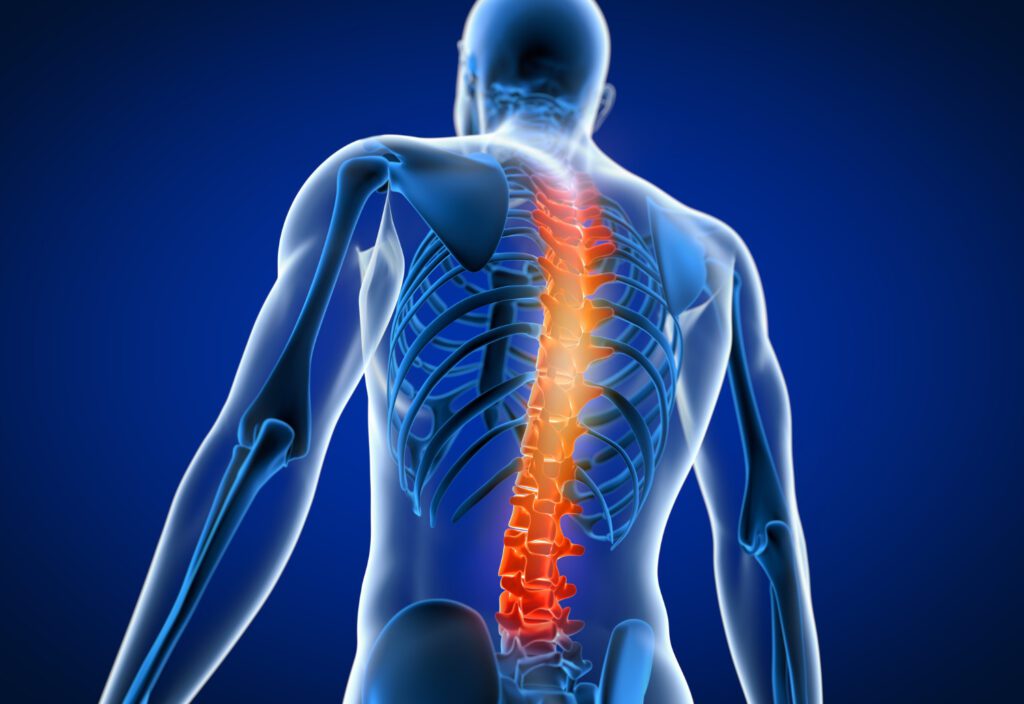
Despite the inevitability of degenerative changes that come with aging, there are lifestyle modifications and preventative strategies that can be implemented to manage back pain and maintain overall spinal health.
These modifications can help individuals age gracefully and minimize the impact of these changes on their daily lives.
Ergonomics and Posture Correction
For individuals experiencing back pain from degenerative changes, it is crucial to address ergonomics and posture correction in their daily activities.
This includes adjusting workstations, chairs, and other furniture to promote proper alignment and reduce strain on the spine.
Additionally, incorporating posture exercises and stretches into a daily routine can help improve posture and alleviate back pain.
Nutritional Considerations and Hydration
On top of maintaining good posture, nutritional considerations, and hydration play a vital role in managing back pain.
A balanced diet rich in anti-inflammatory foods, such as fruits, vegetables, and omega-3 fatty acids, can help reduce inflammation in the body and alleviate back pain.
Furthermore, staying correctly hydrated supports the health of spinal discs and can help prevent degenerative changes from progressing.
Preventative measures such as proper ergonomics, posture correction, and a healthy diet can significantly impact the progression of degenerative changes and back pain, allowing individuals to age gracefully and maintain a high quality of life.

Aging Gracefully – Physical Therapy’s Role in Managing Back Pain from Degenerative Changes
From the above discussion, it is evident that physical therapy plays a crucial role in managing back pain caused by degenerative changes associated with aging.
Through a combination of exercise, manual therapy, and education, physical therapists can help individuals maintain mobility, improve strength, and manage pain.
It is essential for individuals experiencing back pain to seek out the expertise of a physical therapist to develop a personalized treatment plan that addresses their specific needs.
By taking a proactive approach to managing back pain, individuals can age gracefully and maintain a high quality of life.
FAQs – Physical Therapy’s Role in Managing Back Pain from Degenerative Changes
What are degenerative changes in the spine?
Degenerative changes in the spine refer to the natural wear and tear that occurs in the spinal discs and joints as we age. It can lead to conditions such as osteoarthritis, herniated discs, and spinal stenosis.
How can physical therapy help manage back pain from degenerative changes?
Physical therapy can help manage back pain from degenerative changes by improving strength, flexibility, and posture, as well as teaching proper body mechanics and ergonomic principles to reduce strain on the spine.
What are some standard physical therapy techniques used for managing back pain from degenerative changes?
Common physical therapy techniques include manual therapy, therapeutic exercises, modalities such as heat and cold therapy, ultrasound, and electrical stimulation, as well as patient education on pain management strategies.
Is physical therapy effective for managing back pain from degenerative changes?
Yes, physical therapy has been shown to be effective in reducing pain, improving function, and enhancing the quality of life for individuals with back pain from degenerative changes.
How long does it take to see results from physical therapy for back pain from degenerative changes?
The timeline for seeing results from physical therapy can vary depending on the individual’s condition and adherence to the treatment plan, but many people experience improvement within a few weeks to a few months of treatment.
Are there any risks or side effects associated with physical therapy for managing back pain from degenerative changes?
When performed by a qualified physical therapist, the risks and side effects of physical therapy for managing back pain from degenerative changes are minimal. It is essential to communicate openly with your therapist about any concerns or limitations.
What can I do to maintain the benefits of physical therapy for managing back pain from degenerative changes?
To maintain the benefits of physical therapy, it is essential to continue the recommended exercises and lifestyle modifications, as well as to follow up with periodic visits to your physical therapist for any necessary adjustments to your treatment plan. Implementing good posture and body mechanics in daily activities is also crucial for long-term success.





